This blog will demonstrate the method for running Docker containers indefinitely.
How to Run Docker Containers Indefinitely?
To run the Docker container indefinitely, utilize the command that cannot end or exited. For this purpose, we have provided a complete guide to run a Docker container for an infinite loop.
Step 1: Open Visual Studio Code Editor
First, open the Visual Studio Code Editor from the Windows “Start” menu:
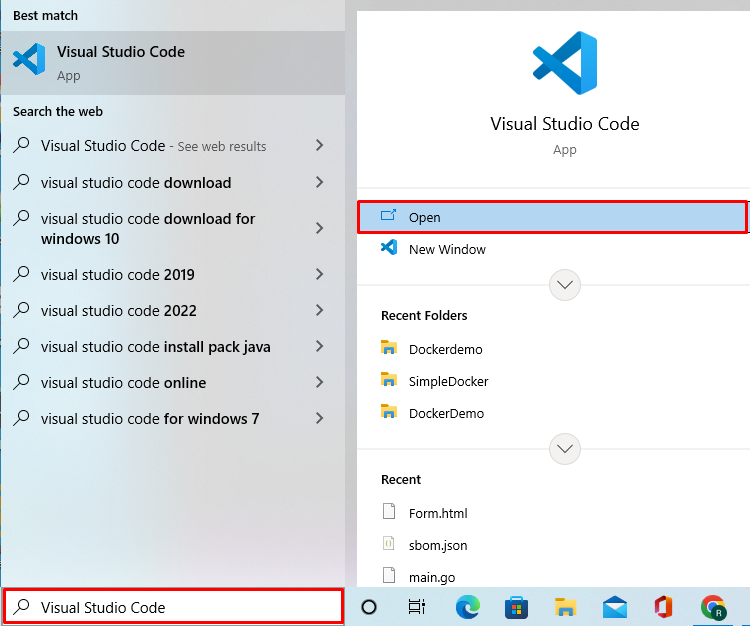
Step 2: Open Project Directory
Create a new Docker file with the name “Dockerfile”:

Paste the provided instructions into “Dockerfile”. The following code will install the required dependencies and execute a simple Python program:
RUN apt-get update && apt-get install -y --no-install-recommends \
python3-setuptools \
python3-pip \
python3-dev \
python3-venv \
git \
&& \
apt-get clean && \
rm -rf /var/lib/apt/lists/*
EXPOSE 8000
CMD python -c "print('Docker is more simple Deployment Tool')"
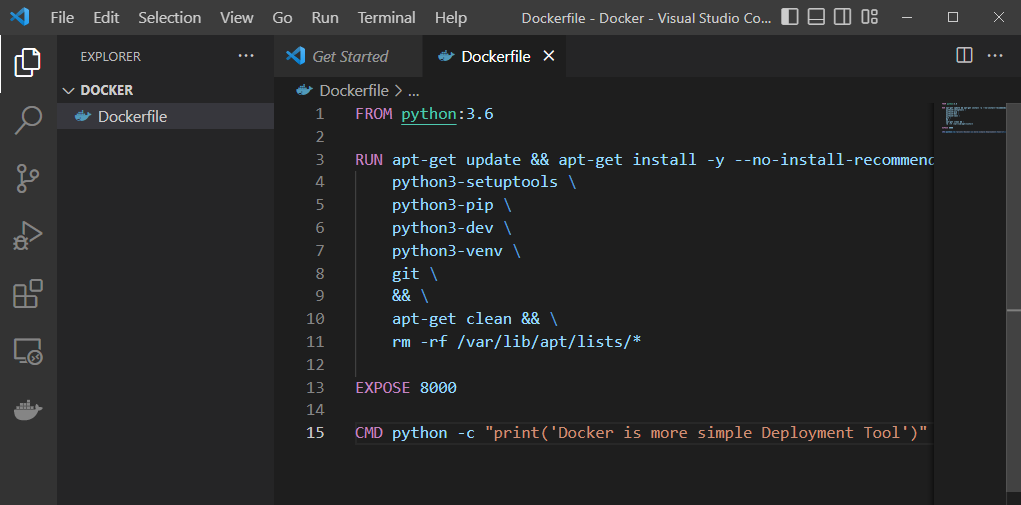
Step 4: Create Docker Image
Next, build the Docker image that instructs the Docker container on how to deploy a program. For this purpose, utilize the provided command. Here, the “-t” flag specifies the image name:
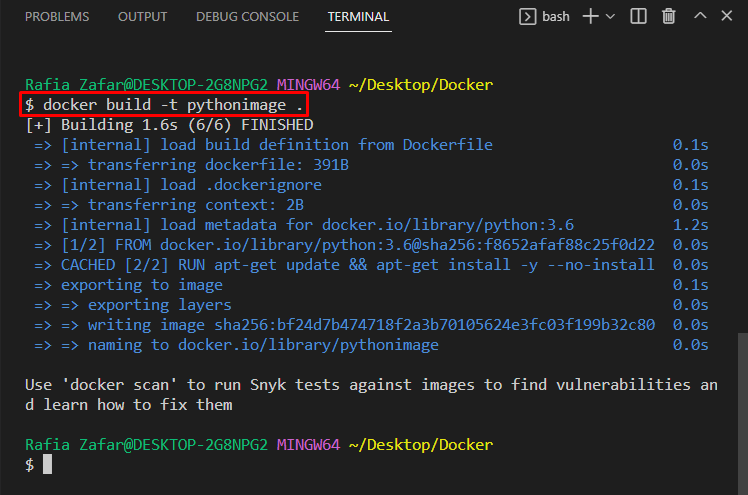
Step 5: View Docker Images
To verify whether the image is generated, check out the images list:

Step 6: Run Docker Container Indefinitely
Now, run the Docker container indefinitely by executing the never-ending command like this:
In the above command, we have used the “tail -f” option that will forcefully read the “dev/null” file:

Alternatively, users can utilize the “sleep infinity” to run a container showing nothing. Still, it will be executed for infinite time:

Step 7: Check Container Status
To verify if the container keeps running, check the container status. From the below output, you can see that the container is running:
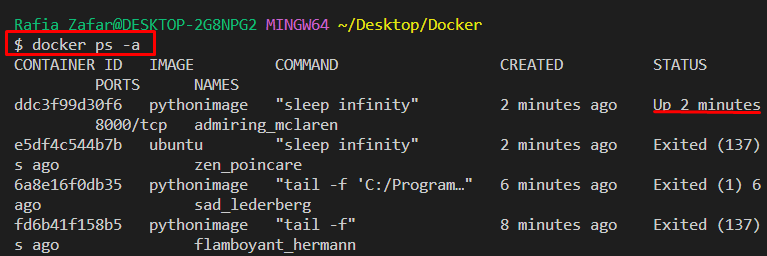
Alternatively, users can utilize the never-ending command in any form while executing the Docker image or by adding a command in Dockerfile as highlighted below:
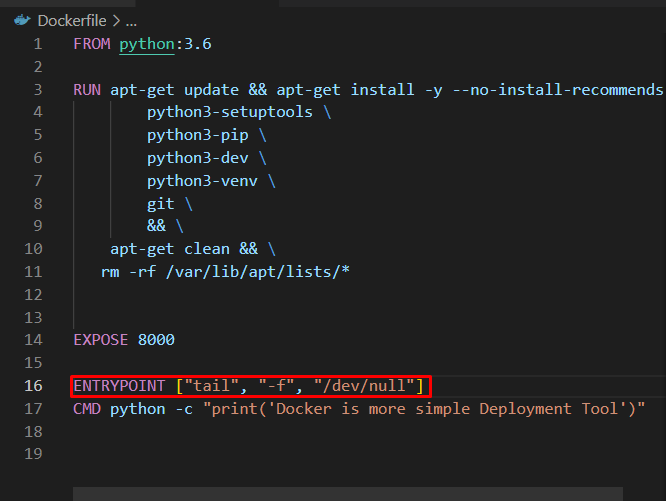
That was all about running Docker containers indefinitely.
Conclusion
Docker containers can be executed for an infinite time with the help of never-ending commands. To run the Docker container indefinitely, first, create a simple Docker image. Then, execute the “docker run <image-name> tail -f” command or “docker run <image-name> sleep infinity” command. We have demonstrated how to run Docker containers indefinitely.
from https://ift.tt/trueoYQ




0 Comments